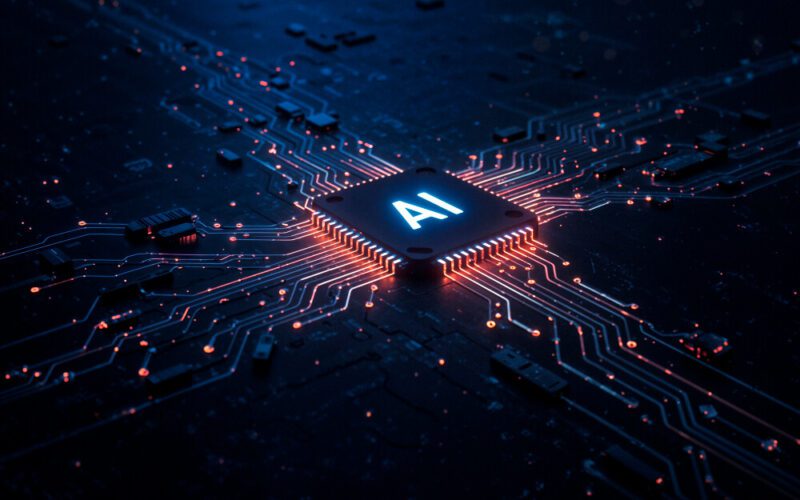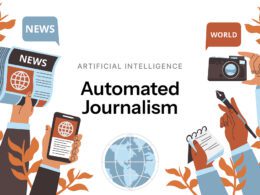The AI revolution has largely been powered by the cloud—but that’s quickly changing. A new wave of innovation is bringing local AI directly onto devices like smartphones, laptops, and wearables. At the center of this shift are on-device large language models (LLMs) that can generate, summarize, and interact—no internet connection required.
This evolution marks a major turning point in how we interact with technology. Local AI offers faster responses, greater privacy, and more personalized performance—without relying on remote servers.
Let’s explore why local AI is the future and how on-device LLMs are redefining the next generation of smart technology.
What Is Local AI?
Local AI refers to artificial intelligence that runs directly on your device instead of on remote servers. This means that the processing, model inference, and even training (in some cases) happen without needing a cloud connection.
Thanks to advancements in edge computing and the miniaturization of AI chips, devices like the Apple Neural Engine, Qualcomm Snapdragon AI, and Google Tensor G3 now have the power to run complex models locally.
With these technologies, AI doesn’t just live in the cloud—it lives in your pocket.
On-Device LLMs: Smarter, Safer, and Faster
Until recently, LLMs were too large and resource-intensive to run on consumer hardware. But that’s changing. Smaller, optimized models like Meta’s LLama 3, Apple’s OpenELM, and Gemma from Google are designed specifically for local use.
Because these models don’t rely on the internet, they offer:
- Faster response times – No lag from server communication
- Better privacy – Your data stays on your device
- Lower energy use – Optimized models run efficiently
- Offline functionality – Useful in areas with no connectivity
These benefits make local AI ideal for messaging, productivity, translation, note-taking, and even real-time voice assistants.
Privacy: The Key Driver Behind Local AI
One of the most compelling reasons for the rise of local AI is privacy. When models process your data on-device, it never leaves your hands. Unlike cloud-based systems that store queries on external servers, local LLMs offer a more secure alternative.
This shift is especially important for industries handling sensitive data, such as healthcare, finance, and legal tech. Users and companies alike are becoming more cautious about where their information goes. With local AI, they can maintain control without sacrificing functionality.
Apple made headlines in 2024 by emphasizing this exact philosophy with its Apple Intelligence platform. It combines private cloud and on-device processing, giving users AI tools that protect personal data by default.
Personalized AI That Learns Just for You
Another major advantage of local AI is personalization. Since the model runs on your device, it can be fine-tuned to your habits, preferences, and writing style without uploading anything to the cloud.
Your phone, laptop, or wearable learns from you—when you wake up, how you message, which apps you use—and adapts accordingly. Over time, the AI becomes more relevant and responsive, without ever exposing your private data to external servers.
This level of contextual understanding simply isn’t possible with general-purpose cloud models.
Local AI in the Real World
Major tech companies are already investing heavily in local AI. Here are some real-world examples:
- Apple’s iOS 18 and macOS Sequoia bring local LLMs for tasks like rewriting messages, summarizing notifications, and generating content—all processed on-device.
- Google’s Pixel devices now offer features like real-time voice transcription, photo editing, and smart replies powered by on-device AI.
- Snapdragon X Elite laptops support AI-enhanced productivity apps without cloud dependence.
- Apps like Rewind AI and Mistral are also embracing on-device models for faster, private performance.
The trend is clear: more AI is moving to the edge.
Why This Matters for the Future of AI
The future of AI won’t be defined by raw power alone—it will be about trust, speed, and control. As the technology matures, users are demanding smarter tools that respect their privacy and respond instantly. Local AI delivers on that promise.
While cloud models will continue to play a role, especially for large-scale tasks, everyday AI interactions are shifting closer to home—literally.
Local AI Is Just Getting Started
The rise of on-device LLMs marks a turning point in AI’s evolution. By keeping intelligence local, we gain privacy, speed, and personalization all at once. For users and developers alike, this is a massive step forward.
As chip technology improves and models become more efficient, expect local AI to show up in more of the devices you use every day—from phones and watches to vehicles and appliances.
The AI future isn’t somewhere far away in the cloud—it’s right here in your hands.









